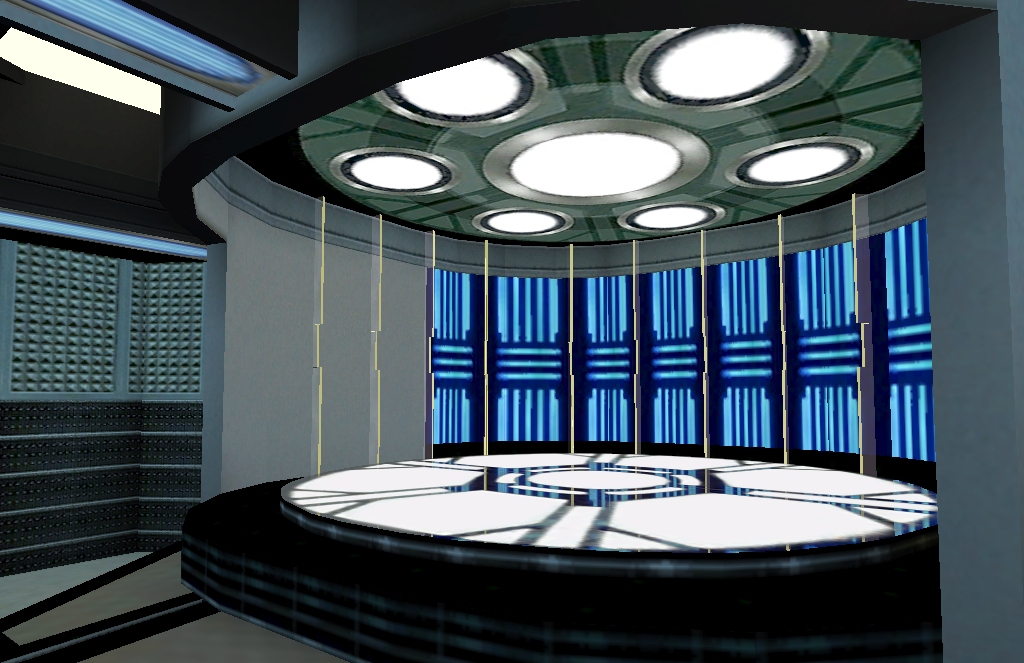

It took the form of a handheld device wielded by a skilled linguist who was still needed to decipher the sometimes complex and vague translations provided.

At this time the device was still fairly experimental, and not as polished or downright invisible during the chronologically later seasons of Star Trek. The year is vague, as all that is officially known about its invention was that it was used first aboard the Enterprise NX-01, the first of its name and the main vessel captained by Captain Johnathan Archer during Star Trek: Enterprise. The universal translator, or at least the Earth's version of it, was invented sometime just before the year 2151, as a technology to help translate any desired language into whatever the native language of the user was. Among the ranks of most sought after technology, the Universal Translator (sometimes referred to as UT or translator circuit) is right at the top. Star Trek transporter tech works by breaking down matter such as living organisms, cargo, even gas or liquid-based matter into an energy pattern, in a process that the show calls. They have brought audiences the dizzying speeds of warp drive, tricorders, holograms, and molecule disassembling teleportation devices. The other possible locations are a little more difficult to pinpoint.The Star Trekuniverse is filled with a plethora of various different gadgets and gizmos, wondrous technologies and wild imaginings of a distant future. At least one is likely for cargo, as seen in the episode “Dagger of the Mind,” when an intruder is beamed aboard inside a freight container into what could be a cargo transporter room.
STAR TREK TRANSPORTER SERIES
It seems woefully impractical, which is why there were probably more. Sharp-eyed observers who comb over the original series will notice clues peppered throughout that hint at there being four different transporter rooms aboard the original Enterprise. Every other time, only the singular form of the word transporter is said, which could just be the result of scripting oversights or even a slip of the tongue, rather than a deliberate choice.įrom a logistical point of view, it doesn’t make sense to have only one transporter for an entire star ship. But in one original series episode, "The Galileo Seven," Captain Kirk clearly uses the term “transporters.” The plural reference is specific only to this episode. So the transporter solved two production problems and ended up becoming one of the best decisions the series ever made.įor nearly all of the original series, the term "transporter room" is used.
STAR TREK TRANSPORTER PLUS
But early on, the production costs to create the scenes showing actors moving from space to the surface – plus the time taken within the episode to get the ships on and off planets – all added up to too much money and too much time wasted that should be used for action on screen.

Originally, creator Gene Roddenberry planned to land the Enterprise on the surface of planets. They were created to help increase efficiency between scene transitions. Transporters are ubiquitous to Star Trek lore, more than almost any other technology, which is ironic considering they weren't part of the original series blueprints until production costs got in the way. Nevertheless, the question of just how many transporters are onboard the star ship Enterprise in the original series is oddly up for debate. The brand has always worked hard to give logic and reasoning behind many of the things fans enjoy, including the logistics of how things operate day-to-day. Star Trek is very good at not leaving loose ends around.


 0 kommentar(er)
0 kommentar(er)
